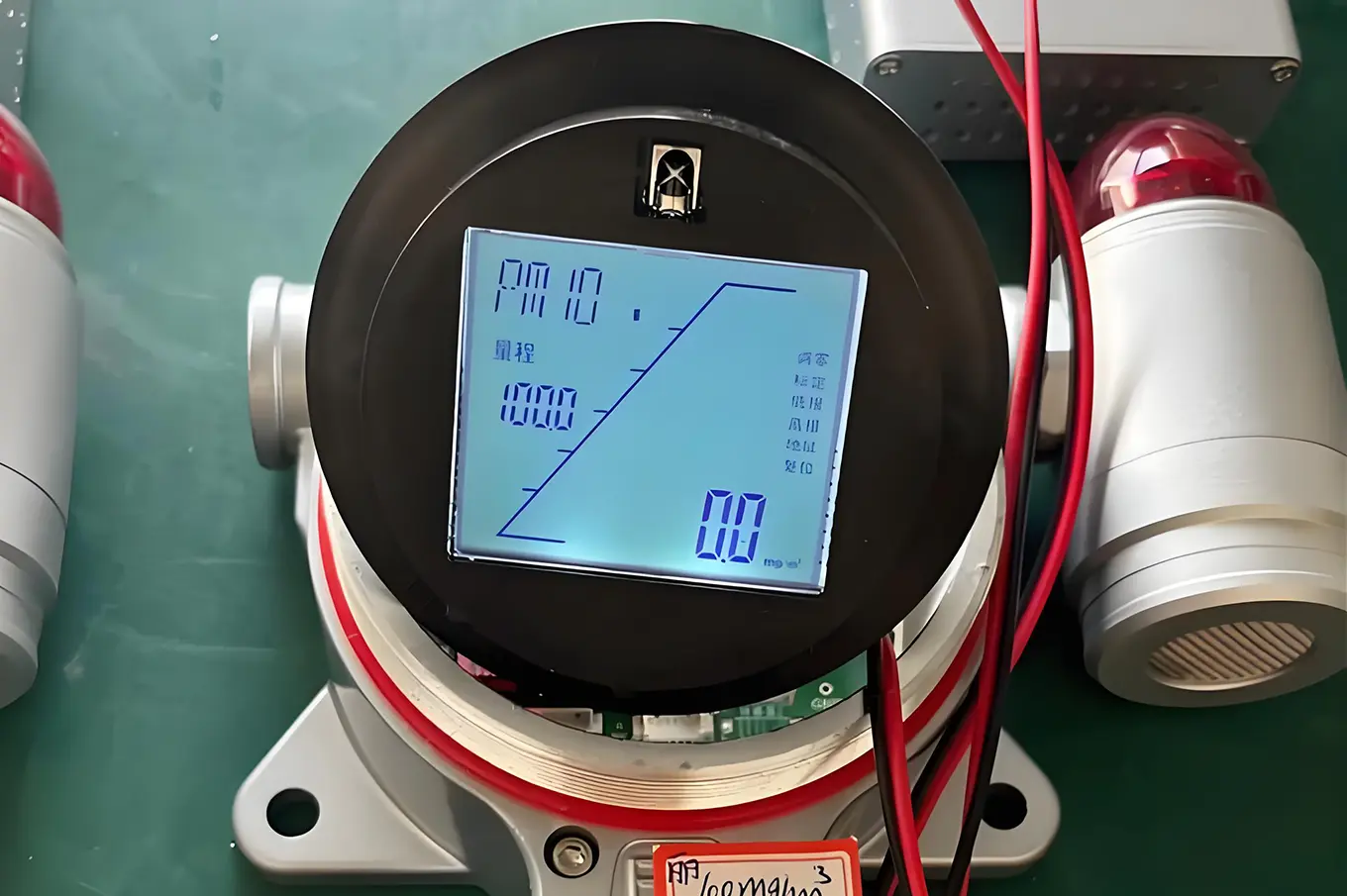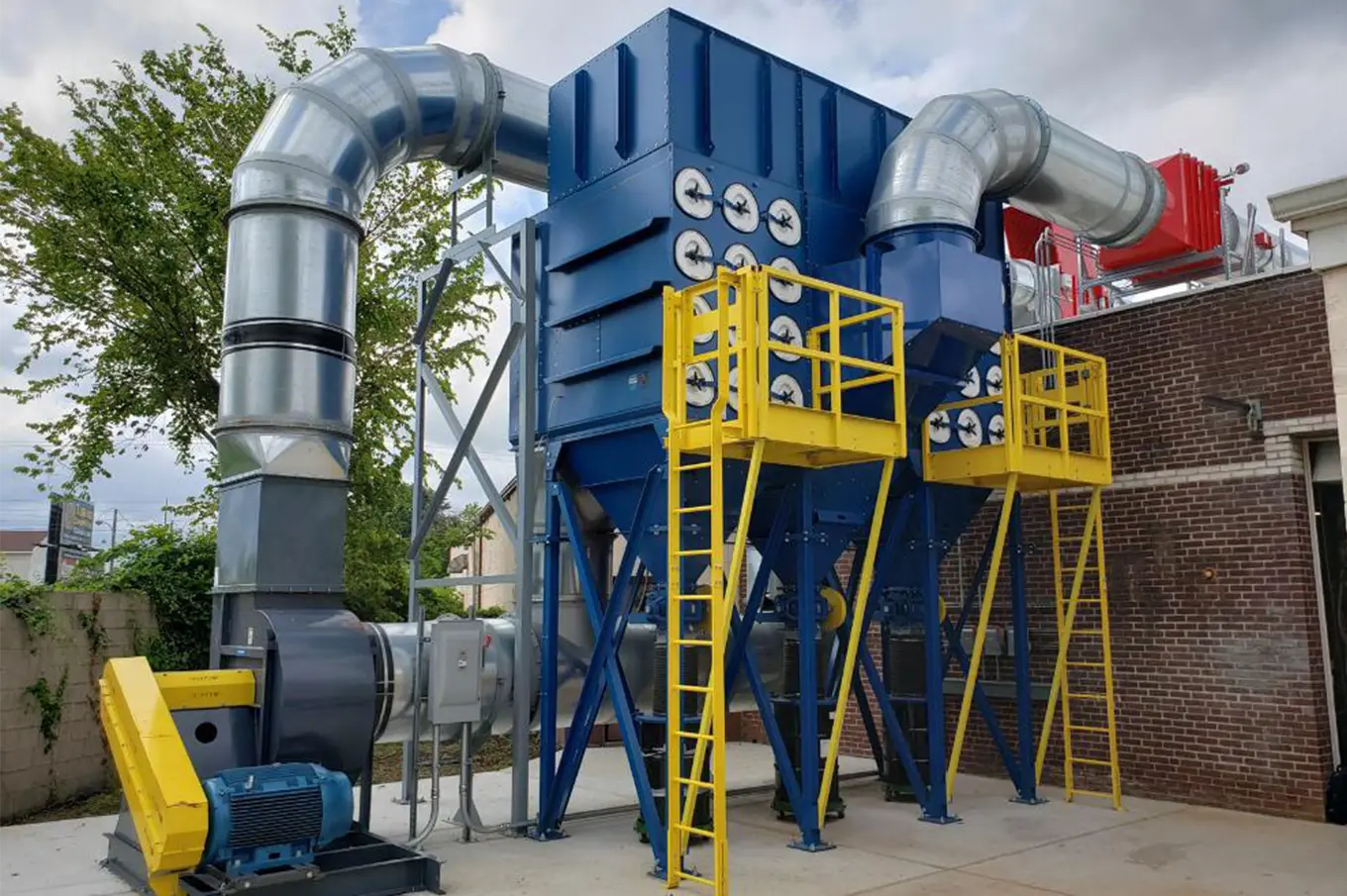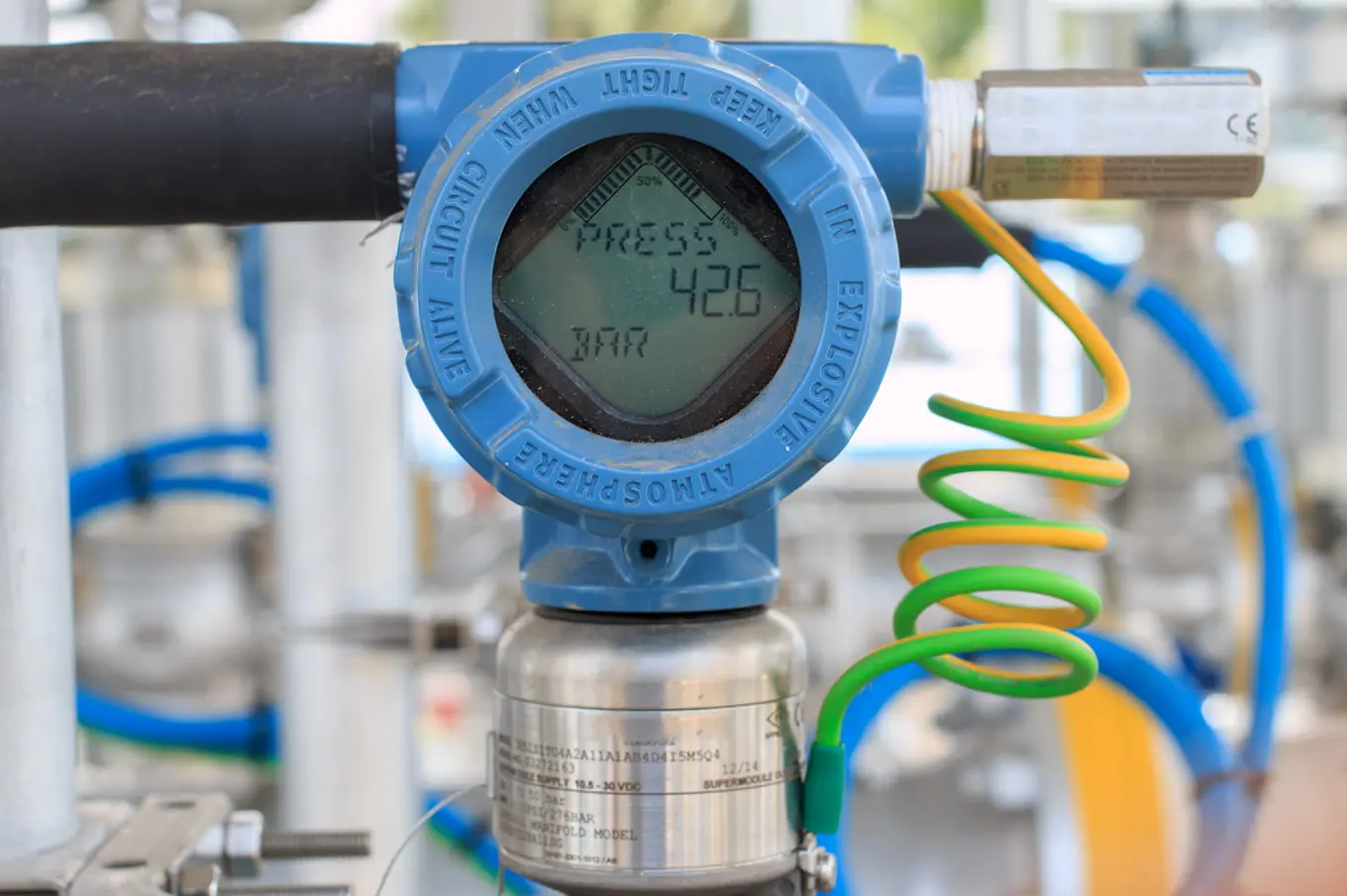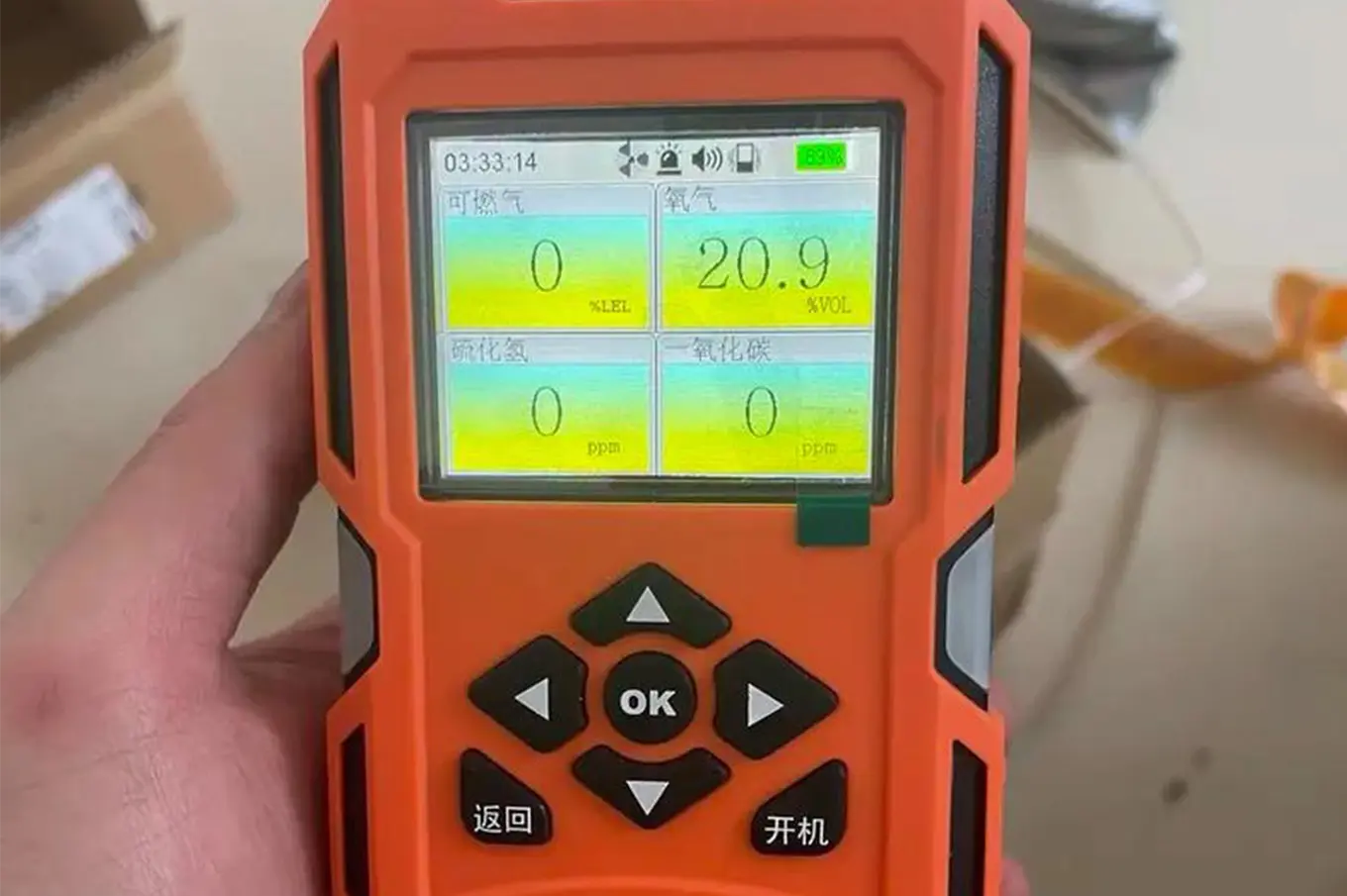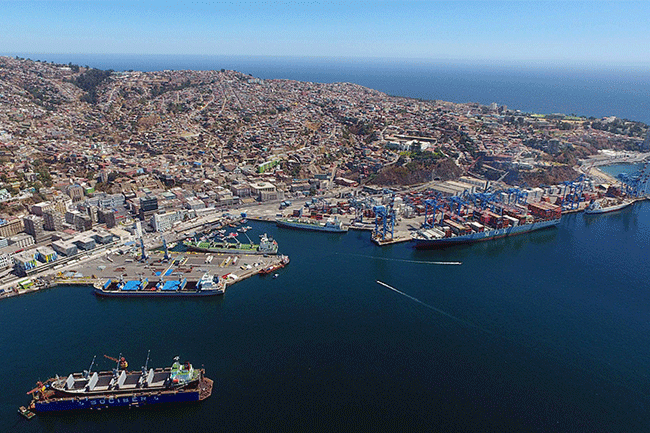- Shanghai Zhongshen International Trading Co., Ltd. – Your reliable partner with 20 years of import/export agency service expertise.
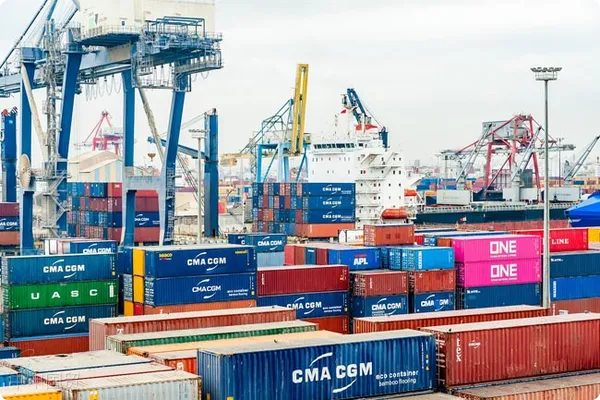
I. The Concept and Importance of Electromechanical Agency?Equipment Export?the qualification threshold
The export of mechanical and electrical products involves a complex system of qualification certifications. According to the latest 2025 regulations from the General Administration of Customs, exporters must pay special attention to:
- CE Certification: EU market mandatory entry requirements, covering 20 categories of products including the Machinery Directive and the Low Voltage Directive
- GOST certification: Quality and safety certification required by Russia and Central Asian countries
- UL certification: Mandatory certification for electrical equipment in the North American market, involving special requirements such as fire and explosion protection
- Type test report: The export of large complete sets of equipment must be accompanied by an inspection certificate issued by a provincial-level testing agency.
II. Customs Classification and Declaration Practice
Accurate HS-code classification directly affects duty costs and customs-clearance efficiency. In one electromechanical-agency case, a CNC machine-tool spindle unit—originally declared under 8479.89—was re-classified by specialists to 8466.93, cutting the duty rate from 8 % to 5 %. Key operational steps:
- Collect equipment technical parameters (power, purpose, construction)
- Compare with the customs classification advance ruling database
- The Three-Element Model for Crafting Product Descriptions:
- Basic Characteristics (Functional Principle)
- Technical Parameters (Voltage/Power Range)
- Application Scenario (Industrial / Civilian)
III. Design of Special Equipment Transportation Plan
For the differing transport characteristics of various types of electromechanical equipment, professional forwarding companies usually adopt differentiated solutions:
- Over - limit Equipment: Apply for an oversized transport permit in advance and plan a special transport route.
- Precision Instruments: Custom shock-proof packaging (acceleration ≤3G) and temperature-controlled containers
- Hazardous components: Lithium-battery equipment must comply with UN38.3 testing requirements and be equipped with anti-short-circuit devices.
IV. Construction of the After-Sales Service System
Comprehensive after-sales service can increase customers’ repeat-purchase rate. Data from a construction-machinery distributor show that setting up an overseas spare-parts warehouse cut customer complaints by 62%. The key elements are:
- Establish a three-tier response mechanism (48-hour on-site support)
- Configure multilingual technical documentation (including drawings and operation videos)
- Implement the Equipment Lifecycle Management System (LMS)
V. Common Risk Prevention and Control Strategies
Statistics on electromechanical export disputes in the past three years show that technical trade measures account for 37%. It is recommended to:
- Pre-audit target countries' energy-efficiency standards (e.g., the EU ErP Directive)
- Take out Product Quality Liability Insurance (recommended coverage: no less than 200% of the cargo value)
- Adopt the Escrow payment model to achieve balance?Forex Settlement?Changes in payment methods
VI. Real-World Case Study
A forging equipment export project to Germany, handled through an agency company:
- Split customs declaration (main unit 8479 / mold 8480) saves 11.2% on tariffs
- Adopt a combined transport of ro-ro ship + hydraulic modular trailer, reducing logistics costs by 23%.
- Pre-stock 20 types of wear parts in the Hamburg bonded warehouse to enable 72-hour emergency response.
Ultimately helped the client complete project acceptance 45 days ahead of schedule and secure a 3-year maintenance contract renewal.
Category Case
Contact Us
Email: service@sh-zhongshen.com
Related recommendations
Contact via WeChat

? 2025. All Rights Reserved.
